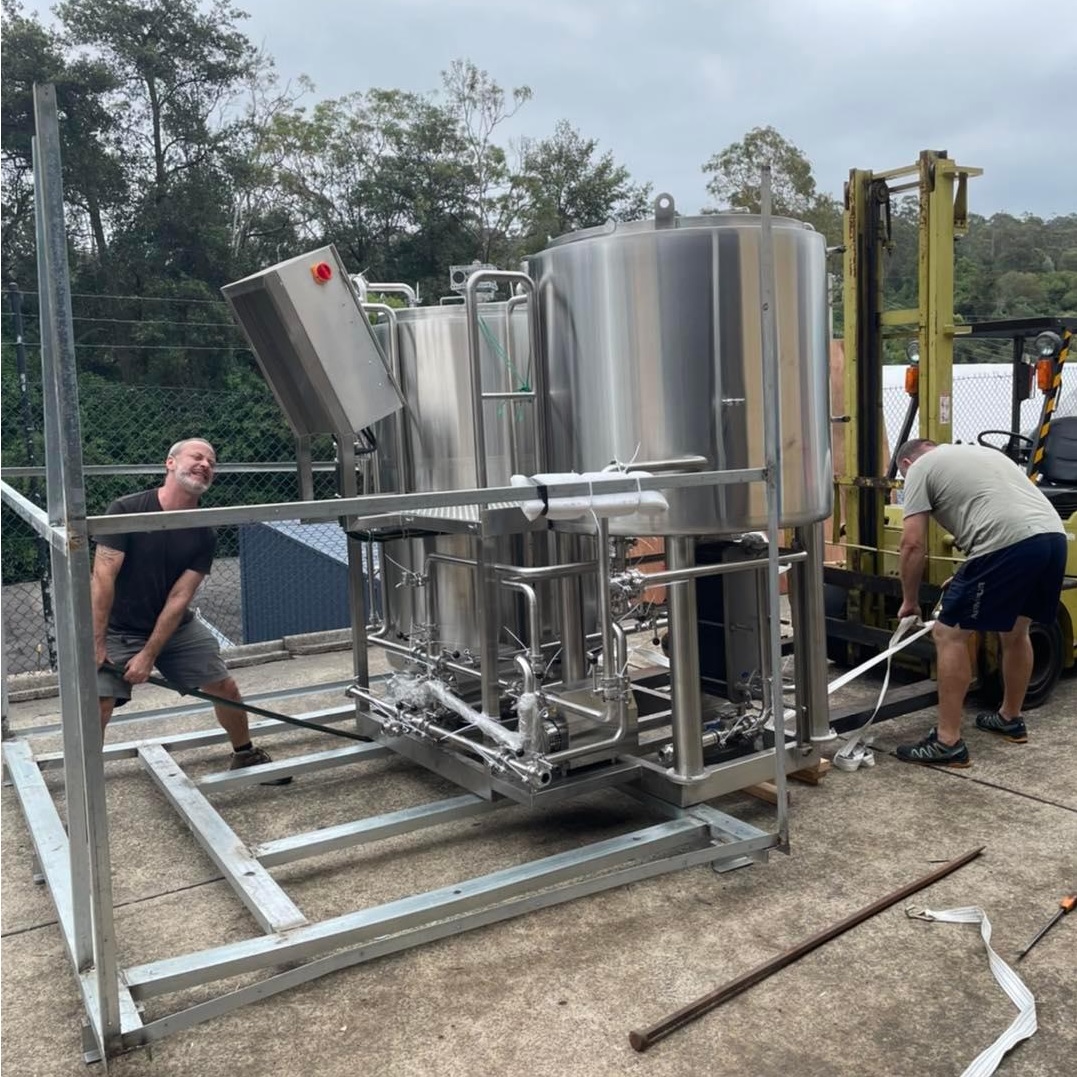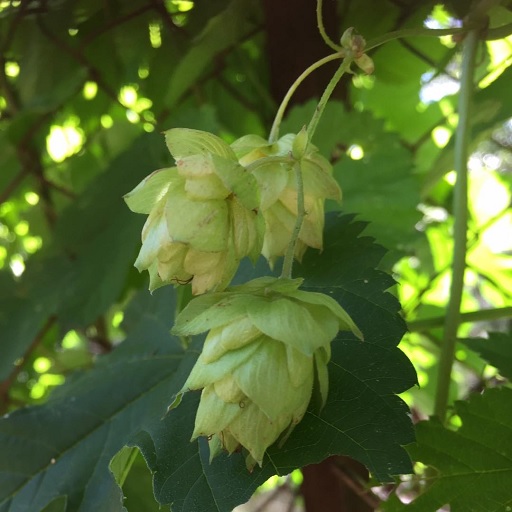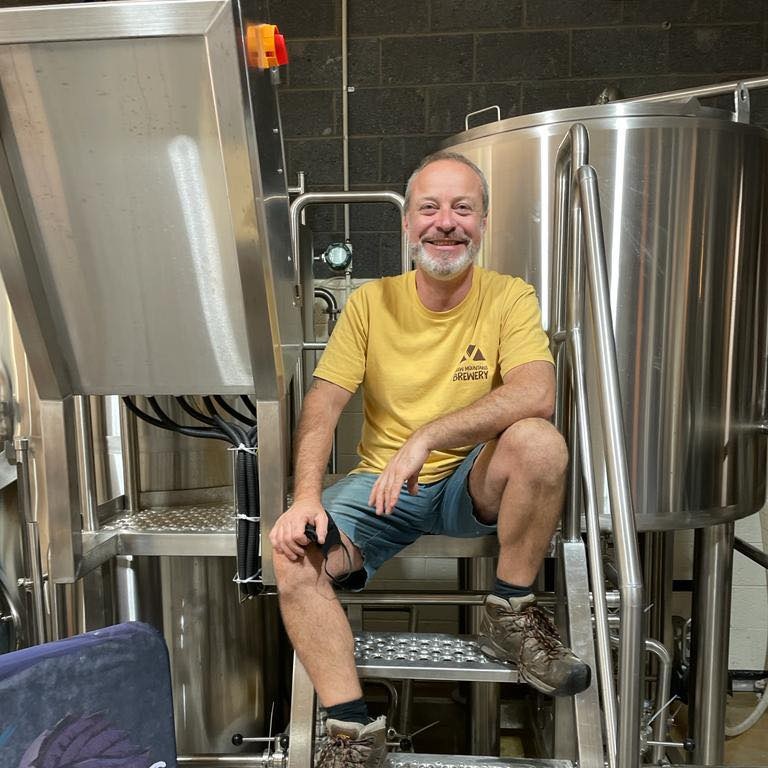
Nanobrewery Brew Mountains expands

NSW nanobrewery Brew Mountains is expanding capacity with a new brewkit less than a year after it opened its first taproom.
Since opening a customer-facing venue last year, founder Craig Talbot has seen the demand for Brew Mountains’ beer grow.
Brew Mountains is now bringing in an order of tanks which will allow the business to quadruple its output to 50,000 litres a year – not a lot in comparison with the bigger city breweries, but a major step up for a small, self-funded nanobrewery.
Brew Mountains has been in operation for four years, but only opened the venue in Valley Heights nine months ago, explained Talbot, He brewed beers in his garage for more than three years before that.
“That’s what I’ve been doing over the COVID period, getting everything ordered and getting it set up and fitted. I’ve basically moved onto the next level of equipment,” Talbot said.
“We’ve been growing organically, we’ve not had investors, we’re very much a micro-craft brewery so what I earn, I save, and buy more equipment.”
Talbot has brought in four 500L, two 200L and two 400L fermenters in total, and ordered a 500L stainless steel brewhouse before Christmas, having worked his way up and developed his skills on homemade equipment.
Onwards and upwards
Talbot previously worked in IT and on the stock markets but brewing beer was a family tradition and he homebrewed with his grandfather.
After giving up the rat race and running the brewery from his garage for several years, building up a client base through farmers markets and local restaurants wasn’t enough. Setting up a bar was the “next logical step,” he said.
“[Brewing in the garage] for three years gave me a chance to get the beers right and establish the core range,” Talbot said. “But people were always asking, ‘where’s the brewery? Can I come and visit?’
“I thought, if I’m going to do this properly, I need a space. My wife told me I needed to go to the next level, and she wanted to put the car in the garage, so I had to move out!
“Honestly, setting up at my scale, selling bottles at farmers markets, you won’t make any money until you have a taproom. You also have to be certain your beer is great, otherwise people will come once but not twice.”
As is to be expected, and as other breweries in the area such as Mountain Culture found out, finding a location in the Blue Mountains for a brewery proved tricky.
“When I got the opportunity I wanted, I did nearly all the work myself. I put the epoxy floor down, built the cool room, and the bar I built myself made from a stringybark tree that fell down in my neighbour’s backyard. It’s got a real personal touch to the brewery.”
While the new volume will help Brew Mountains supply its own taproom, and some of the restaurants and bars it supplied pre-COVID, distribution is not necessarily the aim going forwards.
“Packaged beer is a volume game, you have to have thousands of litres of space in your fermenters.
“Something at my scale, that craft nano level, I was making packaged beer for farmers markets, as well as restaurant and pubs in the local market.”
While Brew Mountains has done beer in bottles before, it has petered out while the focus was on getting the taproom open, serving customers and staying afloat during lockdown.
Talbot was also working alongside a friend to build his own canning line prior to COVID.
“It depalletises an entire row of cans, organises them in single file, purges with CO2, fills them, purges underneath the cap, drops the cap, all in single file, then seams and puts the cap on, and puts the label on, all in 1.5 metre length – we were almost finished and then COVID hit.
“When my volume increases, I’ll need another outlet and it makes sense to package. I don’t have aspirations to be a global or even a nationwide brewer and get my beer in every bottleshop. For me, it’s about having a good quality local beer for Blue Mountains and Sydney.
“If you grow too big, then you lose the reason people came to you in the first place.”
And focusing on the local market has been advantageous for a nanobrewery like Brew Mountains during COVID-19.
“When I moved here it was about having the place – you can bring your kids, dogs, a horse if you want. It’s mainly locals, I’d probably say 80 to 90 per cent.
“So during lockdown, I didn’t close but did takeaways, growler and squealer fills, and kept the food trucks coming – Friday night is still Friday night, even during lockdown.
“It kept me going. I did 40 to 50 growler fills each night on the weekend – the margins aren’t as good but it’s enough to keep me here.”
An eye on quality
A major talking point in the industry in recent years as more players enter the game is beer quality and consistency.
It’s an issue that all brewers face, but is especially tricky for brewers out like Talbot, who need to gain experience and who are working on older or more manual equipment.
Quality was always a consideration at Brew Mountains, and the newer, more automated equipment will allow the levels of quality Brew Mountains achieves to be maintained, he said.
“With my old equipment, it’s extremely manual. To fill a fermenter takes 14 hours, that attention to detail you need on the brewing process – it’s like being chased by a tiger for 14 hours.
“But I was able to focus on quality rather than efficiency, making sure I had the absolutely right beer every time. I wasn’t concerned about how efficient it was, I might have got 65 per cent efficiency, but it was about the reproducibility of the core range.
“I’ve been brewing these beers for so long that my focus will now be able to go into efficiency. With the new equipment, I can get better bang for my buck out of my grain and everything.
“But the main thing with the brewhouse is it will make my brew days a lot shorter, with the old gear, you can’t take your eye off it.”
It’s not just the brewing equipment that will be making Talbot’s life easier.
“I bought a keg washer as well. When I wash 10 kegs by hand it takes all day, but now it will be 40 kegs in two hours, it’s the best $10,000 I’ve ever spent!”
Keeping it local
Microbreweries have to focus on the needs of their local market, and for some, like Talbot, it is through choice rather than necessity.
“Sometimes you walk into a large brewery, if you change the sign over it could be any one of them. They might have a bunch of people behind the bar who don’t know anything about the beer.
“The craft beer revolution has been great and there’s a market for those breweries – there’s enough room for everyone.
“But every day you come in [to a brewer like Brew Mountains], I’m behind the bar, I know nearly everyone that comes in.”
This focus on local has grown with Brew Mountains beer, but it has faced some hurdles when trying to bring that ethos into other areas of brewing.
“I tried my darndest to get Australian equipment, but it wasn’t even the price, it was just that manufacturers are not even able to provide them. People asked, ‘why didn’t you get Australian made?’, but manufacturers here have to produce the equivalent.
“They might make really big fermenters, but not little ones for the craft industry.”
However, Talbot has managed to bring local into Brew Mountain’s beers.
“I get 90 per cent of my hops from Australia. Once a year I make our eXtreme Local Ale.
“There are wet hop or green hop beers, which get hops in that are one or two days from being picked. But I’ve been growing hops for eight years, so I go home, pick hops and get them in the whirlpool pretty much within half an hour of picking.
“We also use locally grown grains as well who grow rye, wheat and barley to produce the XLA.”
Like many breweries of its size, Brew Mountains hasn’t got this far doing things the easy way.
“On the journey to this point, having brewed out of the garage, trying to sell kegs to people who just want a big name, or if there’s a batch that didn’t turn out the way you wanted, you think ‘what am I doing?’
“My wife’s commuting into Sydney and she can’t get the car in the garage when she gets home – it’s a big ask for her, and for friends to help me out.
“For those first three years I was like ‘what am I doing?’ And when you run into problems with regulatory obstacles, you realise most people would have been put off by it and give up.
“But I didn’t, and now I love the place. My friends help me out on the bar, we’ve got different local tradies who work for beer. It’s full every time we open. I don’t advertise, it’s all word of mouth which is good as well.
“My wife came in the other day and said you’ve actually got a brewery now, and I do!”






